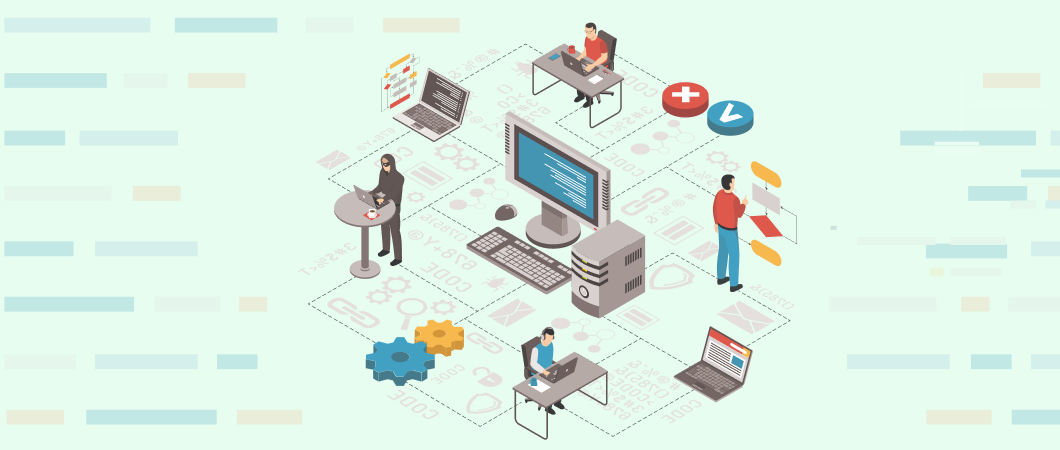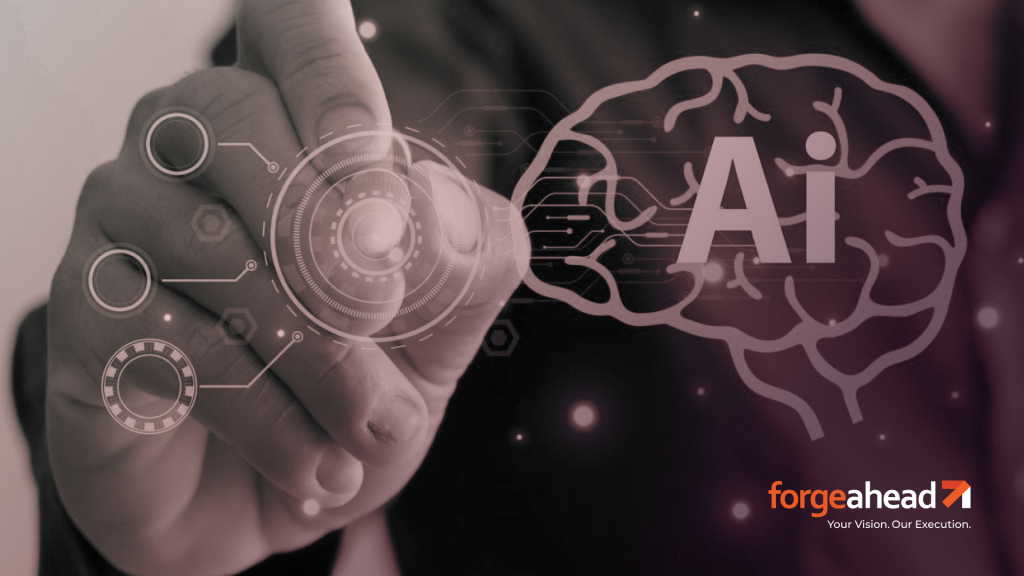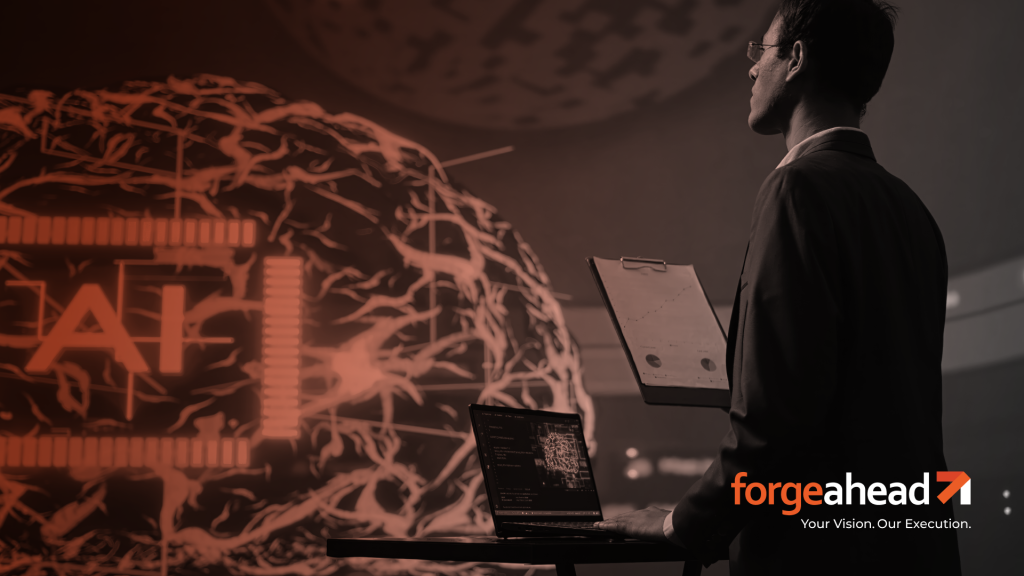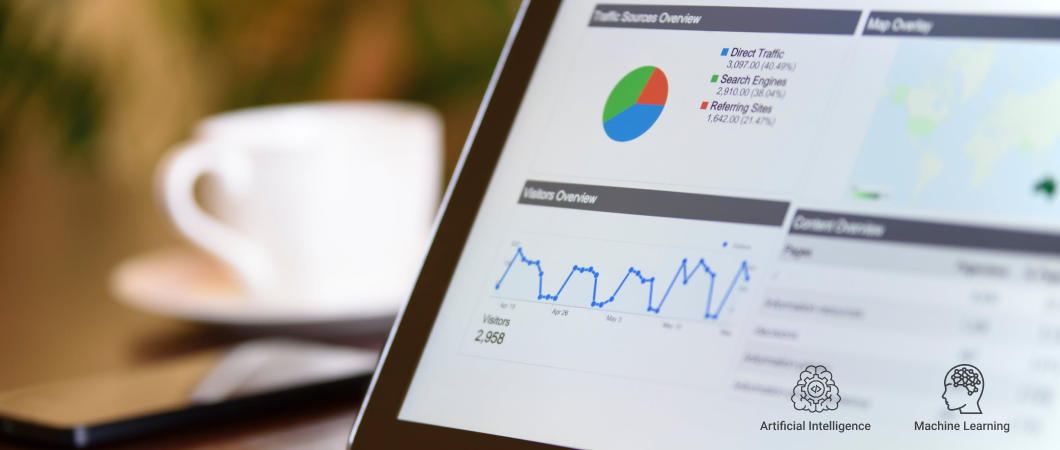No one questions that testing is a very critical component of the software development process. Developers are bound to make some mistakes or fail to identify some blind spots during the early phase of the software design and development. Some of these mistakes are small and trivial but others could be dangerous and expensive. Testing helps identify these bugs and fix them early. This saves money in the long run. As most developers fighting fires as launch approaches will agree vehemently that bugs identified at the later stages or in the production phase are beasts. They are expensive to fix and also a terrible experience for the users, i.e. the customers, of the software product.
Of course, software testing never sleeps and is always evolving. Automated software testing is a product testing staple. And now testing is moving a step ahead to using Machine Learning in key areas. For instance, testers spend a lot of time and resources on testing applications on mobile devices and hybrid environments even as the time spent on actual development shrinks. Applying machine learning in areas of the software process like these will help save time, effort, and resources. At the same time, it will provide better quality software too. Let’s learn more.
First, a note on Machine Learning. This technology is being successfully applied across sectors. Machine learning is being used to recognize images, videos, self-learn from feedback, and improve based on outcomes. Applications abound in fields like medicine, cybersecurity, marketplace analytics, etc. Nowadays, the “machine” has the ability not only to provide intelligent insights but also to improve existing processes by self-learning. It can apply complex mathematical calculations automatically using a large amount of data sources and with high speed.
That suggests that applying machine learning for software testing could help solve the below problems:
1. Handling a large amount of data :
In the traditional scenario, a tester would look through the checklist to ensure that potential user’s functionality was all covered and all issues resolved. The main problem lies in the sheer amount of data that testers need to handle in a limited period. This task alone calls for a more relevant approach like the one powered by artificial intelligence and machine learning.
2. No Human Intervention and hence no error :
Traditional testing requires humans to source and analyze data. The lesser the time the testers have to analyze data the greater the chance that testing will produce skewed results with overlooked bugs in the software. In the super-charged software world, consumers will pick up on these bugs even before the developers. Machine learning, which teaches systems to learn and apply that knowledge in the future, makes software testing give more accurate results than manual software testing could. The probability of error reduces, the time needed to perform a software test, and find a possible bug is also shortened, while the amount of test data that needs to be handled can be increased without any extra burden on the testing team.
3. Foresee customer needs in the testing phase using predictive analytics :
Predictive analytics helps analyze customer data to understand market trends, customer insights, and sentiments to predict what new products or features a customer may want and how those features would be used. The huge amount of data required for software testing can be used during the testing phase to learn customer patterns and improve the product accordingly. More relevant usage patterns can be defined for creating test conditions that have a greater impact. Machine learning and predictive analytics, when combined with software testing, can lead to an uninterrupted, more specific testing process that will lead to better user experience. Read More – Machine Learning Adoption Challenges To Be Aware Of.
The impact of AI and ML in software testing is growing. The expectation is that AI and ML will broaden the horizons and opportunities for Software testing.
Software launches need to maintain an outrageous pace to keep up with the highly evolving and competitive marketplace. This requires software to be developed and tested quickly. Besides, testers now also need to analyze more and more in less time, while their margin of error is decreasing constantly. Enhanced technologies such as machine learning and predictive analytics offer a way to address these challenges. AI and ML will boost product quality with amped-up test automation. The application of ML will expand the overall scope and score of testing. It will enhance the quality of software and also ensure that testing has a faster turnaround time. Incorporating AI and ML in the software testing life cycle will help organizations stay ahead in the competitive market by adopting faster go-to-market plans.
AI is becoming a competitive differentiator in the software industry in every phase of the software development process. But of course, change comes with its own complications. To have manual testing and ML-based testing co-exist, software testers will need at least a sprinkling of data science skills. They will need the capability of being able to predict the customer data used for testing and understand their customers’ needs and proactively react to ever-changing customer expectations. In many ways, this is also desirable as it could make the testers, and hence the testing, more customer-focused. By keeping the software testers in the center and building ML skills around them may be the way forward. By this approach software testing will get better in the future with the assistance of Machine Learning. The age of the machines may be coming to software testing and it may bring better quality products with it. Read more How The Coming Shopping Season May Belong To Machine Learning And AI.



